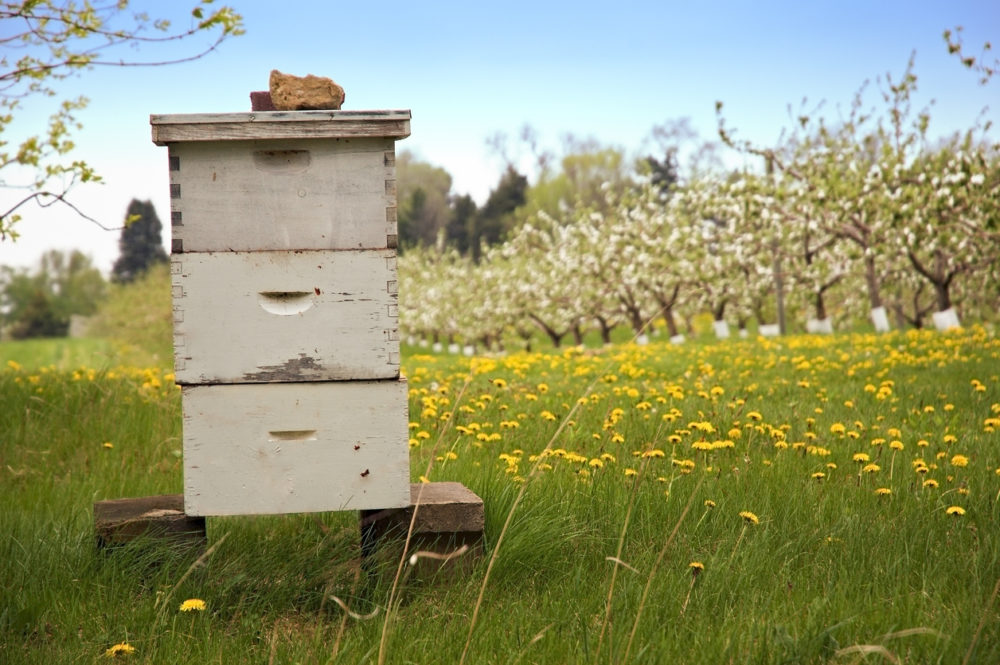In our last two posts in this series we discussed old grub-control products, the rise of a class of pesticides called neonicotinoids, and problems evolving from their long-term use, most notably affecting our bee population (particularly from misuse). 2019 will be that final year any neonicotinoid, also called neonics, will be used by Chippers for treating grubs. This third and final post in this three-part series discusses Acelepryn, the replacement product to imidacloprid, a neonic, for treating grubs. Imidacloprid is the generic name for the chemical patented as Merit.
Acelepryn has by all reports been greatly embraced by major universities and colleges, although most cannot outright endorse a specific product, they can relay their findings and provide logical conclusions regarding their use and safety. Acelepryn certainly becomes the best alternative to neonic grub control in a commercial and residential setting given its positive characteristics.
So, what do we know about Acelepryn that makes it a superior alternative to imidacloprid, a neonic? For one, this new class of chemistry only targets grubs, not bees, pollinators, humans, birds or other beneficial insects found in a lawn setting. The rate of application (the amount of product used) is astonishingly low, and in the world of insecticides, this is a good thing. Less is better.
A second benefit of using Acelepryn is the fact that it does not need to be watered into the ground for efficacy. This is especially good news for those with large lawns.
Every coin has the flip side and in the case of Acelepryn, the cost is quite high compared to neonicotinoids. Even at prescribed low rates, a grub treatment of Acelepryn can cost from 2-3 times as much as a conventional neonic product. There is a patent on Acelepryn and until that patent expires, much like a high-end prescription drug, the price will likely remain high, even to commercial grade applicators like Chippers.
But at what cost are we willing to risk hurting our pollinator friends? The potential risk here, no matter how small, does not outweigh the benefit since there clearly is a better alternative, albeit more expensive. Protecting your lawn from potentially thousands of dollars’ worth of grub damage in a single season is well worth a $200 Acelepryn application. For those on the Chippers’ lawn program, there will be no alternative beginning in 2020 – Acelepryn will be our sole material used to protect lawns from a wide variety of damaging grubs.
Pending legislation is quite likely to ban the use of neonicotinoids in the very near future. Why wait for the inevitable when there is a far superior product already available for use in NH and VT? Ask if your lawn service offers Acelepryn.
On a closing note, milky spore only works on one type of grub, the Japanese beetle. Since there are well over six different types of damaging grubs in New England, you are far better off selecting Acelepryn. For more information on milky spore, see our recently updated blog post https://www.chippersinc.com/blogs-all/reasons-you-should-not-be-using-milky-spore-in-nh-vt/


